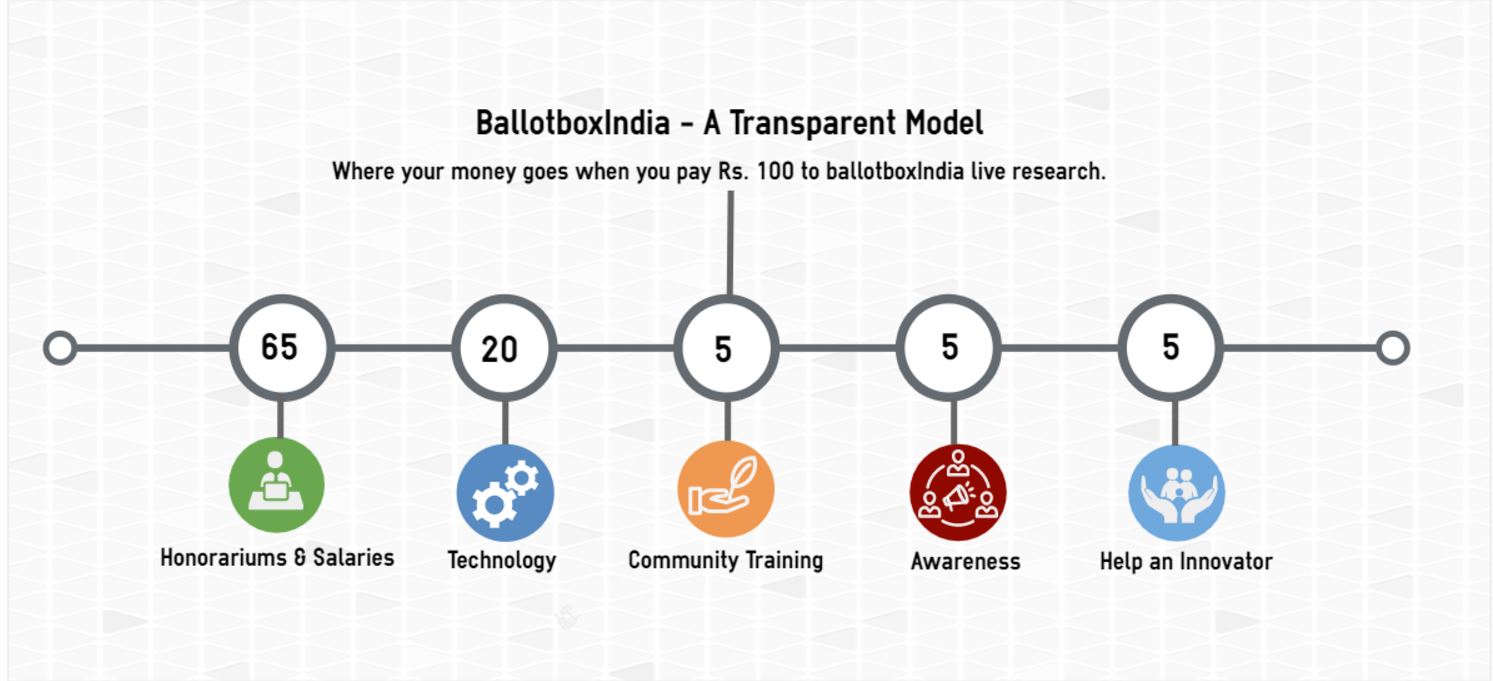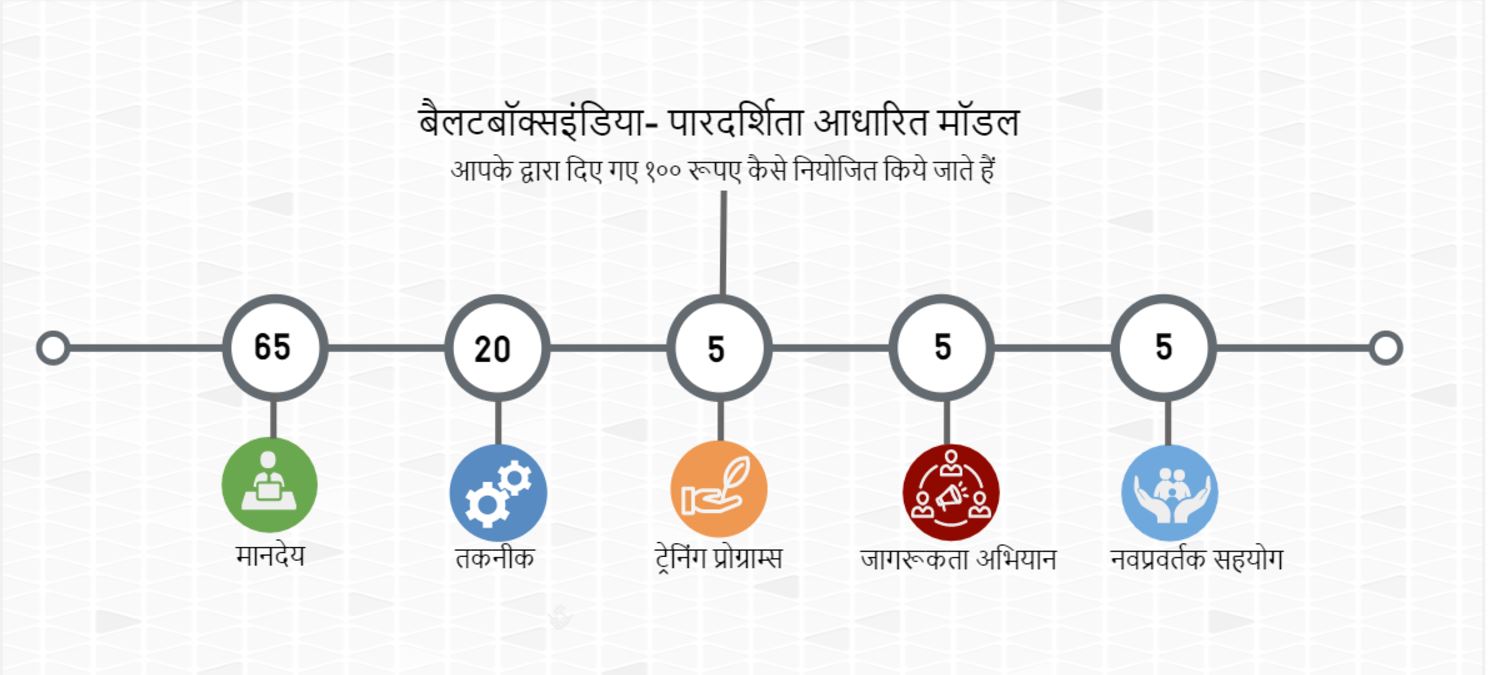Lucknow High court's new building is alleged of encroaching ponds
If there is magic on this planet, it is contained in
water-Loran Eisely.
What does the spirit of India laws say:
Air and water, the most precious gifts of the nature, are very essential not only to the mankind but to flora and fauna also. All living creatures on the mother earth have a right to environment to live in them. According to section 2(A) of the Environmental Protection Act, 1986 -
’Environment’ includes (i) water, Air and land (ii) the inner relationship which exists among and between, (a) water, air and land, and(b) human beings ,other living creatures, plants, microorganisms and property. There is an inseparable relationship between man and environment. It is therefore our bounden duty to protect our environment for the peaceful survival of the mankind as well as flora and fauna.
Our judiciary evaluated the environmental importance :
The judiciary has also played vital role for the environmental
protection through its dynamic interpretation of articles 21, 48A and 51A (g)
of the Indian constitution. The
availability of water in India is a paradox. The country accounts for 2.45 percent of
the total land area and 4 per cent of the water resources of the world.
Nevertheless, water is a scarce national resource, with demand increasing with the population growing over one billion. Fresh and clean water
is a precious and a limited resource.
The supreme court observed and quoted
”Water is a gift of nature. Human hand cannot be permitted to convert this bounty into a curse, an oppression. The primary use to which water is put being drinking, it would be mocking nature to force the people who live on the bank of a river to remain thirsty ”.
Drinking is the most beneficial use of water and this need is so paramount that it cannot be made secondary to any other use of water, like irrigation. So the right to use of water for domestic purpose would surface over its other uses. The Supreme Court of India has said that protection of natural lakes and ponds honors the most basic fundamental right -- the right to life that is guaranteed to all Indian citizens under Article 21 of the Constitution.
As such, the government is duty-bound to preserve these natural water bodies, to ensure its citizens the right to water and to a decent standard of living. Hearing a case supreme court said “Natural water storage resources are not only required to be protected but also steps are required to be taken to restore the same if they have fallen into disuse ”.
Some light on Lucknow High Court pond Encroachment case :
Lucknow high court's new building is alleged of encroaching ponds illegally. A PIL is pending before Lucknow bench of Allahabad high court since 2013. Despite numerous attempts of social activists in conserving ponds in and around Lucknow area, it has gone unheard.
A total of 40 acres of land was allotted by the Lucknow Development Authority(LDA) to the High Court at Vibhuti Khand, where a spreading court complex is comprising courtrooms, library, lawyers’ chambers and other modern facilities that has come up at a cost of Rs 1,300 crore. Social Activist Ashok Shankaram and Neeraj pandey have alleged that their PILs have gone unheard as high court is the beneficiary of the encroachments. An RTI query by the petitioners indicated that a portion of the new HC building is situated on a pond on Khasra no.52 of village Vijaipur.
Besides the High Court building, two other structures have also come up on the land that once was a pond. Now as the case has moved to supreme court, it is a matter of conundrum of choosing to save between water bodies and high court building.
The research
1. Yes the high court building right now stands on the land where once there was a pond.
2. As per ground research it seems that the High Court got the land allocated to shield the private builders who also have built on encroached pond land.
A Few Observations.
1. While the pond was encroached a lake called kathauta Lake was being constructed upon. This lake didn't have much water, but now it looks perennial.
2. Building and environment laws in many states in India recommend building enough water pits to restore the natural balance or water.
3. There is no information in public domain for this project, even after many plea by civil society members.
What we are looking for.
1. Why a natural water body encroached and another tempered with at the same time.
2. Why there is no data, EIA or research out in public domain.
3. Why Civil Society member's case is stalled for so long.
4. Is this a case of bad planning in urbanization, or scientific trade off which is actually good?
If you know more on this case, or know someone who might have more details. Please contact coordinators@ballotboxindia.com
Image credits - Lucknow marbles
 tag on profile.
tag on profile.




